Photos of killer whales spotted off the coast of Aberdeenshire have flooded social media this year — but are there more orcas than usual in our waters?
The summer months are always busy for wildlife enthusiasts, who spend their days outdoors clutching binoculars or massive cameras hoping to catch a glimpse of something special.
But this year, it seems as though orcas have stolen the show, with so many posts sharing sightings from Troup Head in Macduff and Kinnaird Head in Fraserburgh, to further south in Stonehaven and even Cove — leaving some onlookers “speechless”.
For many, seeing orcas in the wild is an incredible experience, but it seems no one expects to see them quite so close to home.
Dr Kevin Robinson, lead researcher and director of the Cetacean Research and Rescue Unit (CRRU) based in Banff, gave us the low-down on these impressive predators.
And his answers might surprise you.
Read on to find out:
- If there are more killer whales off the coast of Aberdeenshire
- Where they come from, and what brings them to Scotland
- When and where to try spot some
So, are there more killer whales than usual in Aberdeenshire waters?
Orcas are well-known to frequent Shetland, Orkney and the Caithness coast.
But do all the posts about killer whales being spotted off Aberdeenshire mean there’s more suddenly visiting our waters?
Well, the short answer is no… but the long answer is interesting.
Kevin has worked with CRRU in the Banff area for 28 years now and says orcas are actually “pretty normal” visitors to our waters — which may be a bit surprising to hear.
So if there haven’t been more killer whales visiting the area, why are we only just now spotting them and sharing these sightings?
The lead researcher has put it down to people simply noticing them a bit more than before, especially now with Facebook groups dedicated to reporting sightings of marine mammals.
“I think very often it’s a reflection of public interest more than the actual occurrence of orcas,” he went on to say. “We’ve been seeing them in this region for the last 20 years on a regular basis.
“They’re just not very predictable on the southern coastline.
“But there’s been a couple of years in a row now where spottings have reoccurred at the same time. So that’s raised heads and people think ‘oh, this is unusual’.”
Where do the orcas come from and what brings them to Aberdeenshire and the Moray Firth?
Kevin explained that all the animals cited in the region are “regulars” and belong to the Icelandic population.
He said there are about 60 or so killer whales from the Icelandic group that come to Scotland throughout the year, and it’s all the same family groups that they tend to see.
And, there haven’t been any new orcas in the region that his team doesn’t already know about.
But why do they travel hundreds of miles south from Iceland and end up on the north-east coast?
The predators make the trip to hunt seals.
Kevin said people have noticed the animals more towards Fraserburgh in recent years although they are “quite regular and common”. The creel fishermen from the harbour are aware of them, and a few people have reported their sightings to CRRU over the years too.
Are the sightings in Cove and Stonehaven rare?
The black and white whales have been known to travel further south, and the recent sightings in Cove and Stonehaven aren’t so unusual, according to Kevin.
“We do see them quite commonly heading down past Newburgh, Aberdeen and even further south,” he explained. “But with an ever-changing environment, changes in sea temperatures, changes in the availability of prey… these are highly adaptable animals.
“They’re basically opportunists. So wherever they find prey patches or sources they’re going to look in those areas.
“If they don’t find them in the regular areas, then they’re probably going to pursue their prey, or extend their search patterns further.”
And he reiterated that while there isn’t a bigger occurrence of killer whales, there’s “certainly more awareness of them”.
Kevin added: “When a walrus turned up and sat on the end of the pier at Crovie 20 years ago, it was quite the local tourist attraction.
“But now, when someone posts a picture on Facebook, then a thousand people roll up to see it — which can actually be a hindrance for the poor animals in the long run.”
When and where might you be able to catch a glimpse of killer whales?
CRRU has recorded over 16 different whale and dolphin species along the southern Moray Firth coastline (between Fraserburgh and Lossiemouth) over the last 26 years.
But, Kevin says unlike minke whales and other species the team study, they unfortunately cannot predict when or where orcas will pop up.
This year, they have also spotted a lot of Risso’s dolphins, a species they don’t often see, as well as a fin whale — which is the first time the team has seen the second-biggest mammal on Earth in the area.
And basking sharks arrived very early this year because of the warmer weather.
Although orcas are unpredictable, they can be found in Scottish waters all year round, according to Kevin — but they do travel quite long distances and sightings can be quite few and far between.
They can be seen from the shore, and Kevin says once you know what you’re looking for they can be quite easy to track along the coast.
It just requires a lot of patience and potentially long hours watching the sea, particularly in areas like Kinnaird Head where they’ve been known to frequent.
He said: “During the winter months, fewer people are watching or the sea is too inclement. So it can look as if there are more sightings in certain months.
“But that really is all about the sea conditions and whether people are going to be bothered to sit on a cold, icy Kinnaird Head in December. But, there are quite a few dedicated people who do record them all year round now.
“We are seeing increased numbers of posts on social media about these animals. And as I said, it can be a little bit misleading but suffice to say, there’s been quite a bit of activity this year for orcas.”
Here one day, gone the next: how far can they travel?
The coastal mammals have a big range, move big distances, and spend a lot of time traveling in their pod to different hunting spots.
One week they could be off the coast of Fraserburgh, and the next they could be in Shetland before heading to the Caithness coastline.
Kevin finished: “One argument against keeping these animals in captivity is that in a day, even if they’re not feeding or specifically going anywhere, they cover tens, and even hundreds, of miles in a day.
“Sometimes just in their social groups, but they certainly will be targeting certain areas where they know they can find prey.
“And if they don’t find prey in those areas, maybe they’ll wander a bit further until they do find that what they’re looking for.
“They’re certainly a very exciting apex predator to look out for along the coastline.
“You just have to put in a concerted effort — there’s people that will just go to these headlands to look out during their lunchbreaks or during the evening or early morning and just enjoy sitting on the coast. And they will get to see these things.”
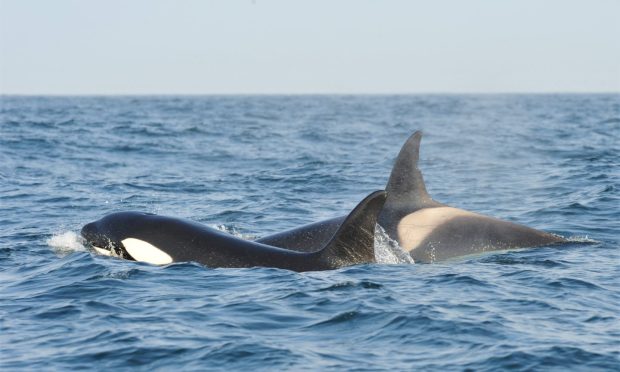
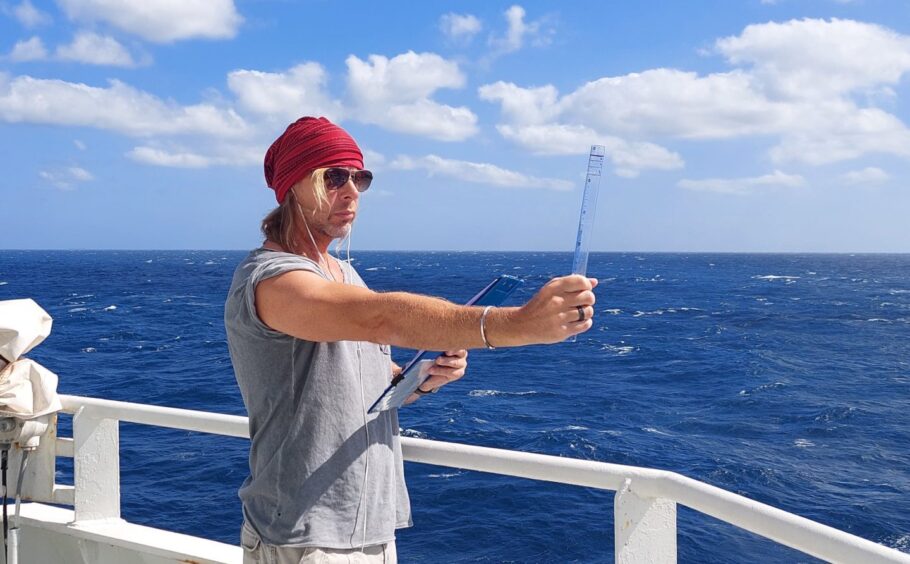
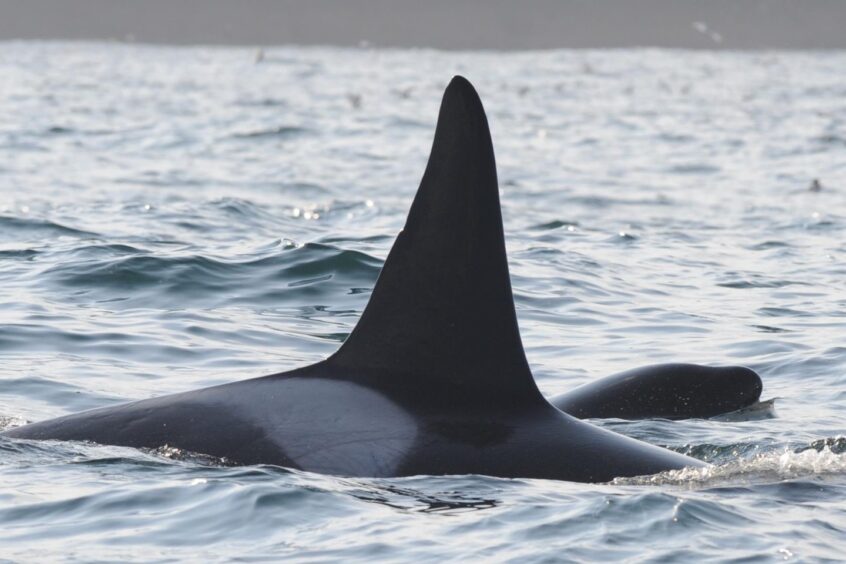
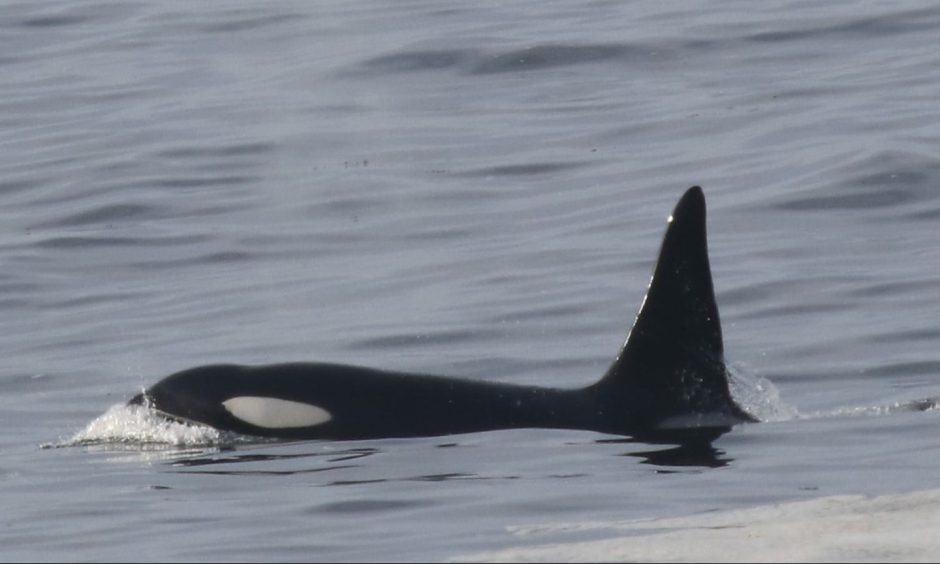
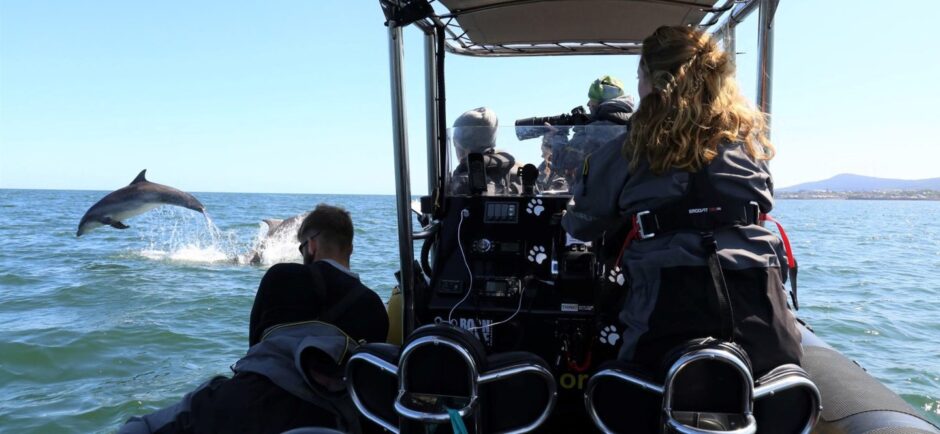
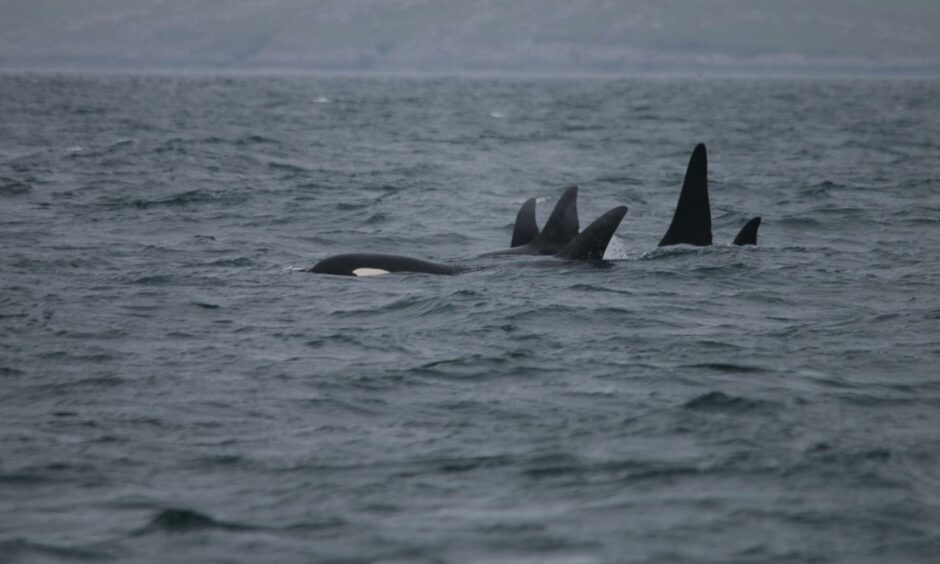
Conversation